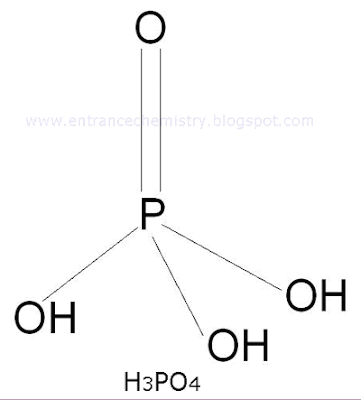Distinction between primary, secondary and tertiary amine Using Hinsberg reagent
Three classes of amines are distinguished by Hinsberg reagent test. The Hinsberg reagent is benzene sulphonyl chloride (C6H5SO2Cl).
1. Reaction of Hinsberg reagent with Primary amine
A primary amine forms a precipitate of N-alkyl benzene sulphonamide with Hinsberg reagent. This precipitate is soluble in alkali.
RNH2 (primary amine) + C6H5SO2Cl (Hinsberg reagent) ------------> R-NH-SO2-C6H5 ------(NaOH)---> R-N-Na+-SO2C6H5 (soluble)
2. Reaction of Hinsberg reagent with secondary amine
Secondary amine reacts with Hinsberg reagent to form a precipitate N,N-dialkyl benzene sulphonamide. But this precipitate is insoluble in alkali.
R2NH (secondary amine) + C6H5SO2Cl (Hinsberg reagent) ------------> R2NSO2C6H5 (precipitate) -----(NaOH)---> insoluble (no reaction)
2. Reaction of Hinsberg reagent with Tertiary amine
Tertiary amines do not react with Hinsberg reagent,
R3N (Tertiary amine) + C6H5SO2Cl (Hinsberg reagent) ------------>No reaction
Hinsberg reagent can also be used for the separation of primary, secondary and tertiary amine from a mixture.













